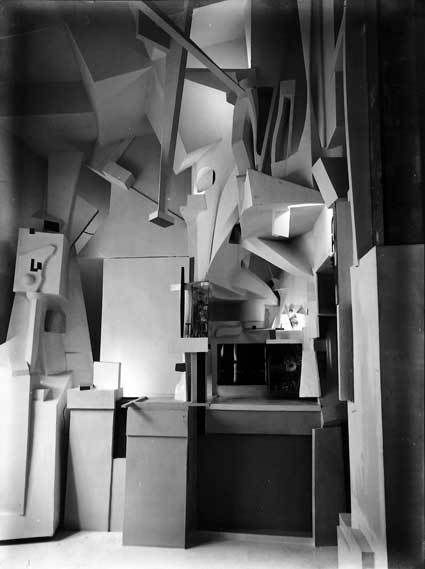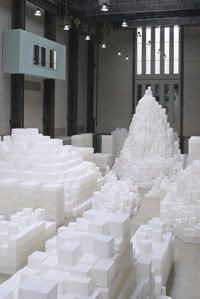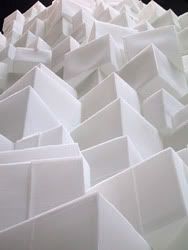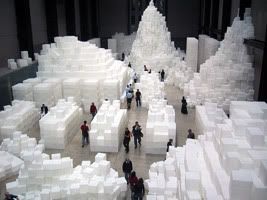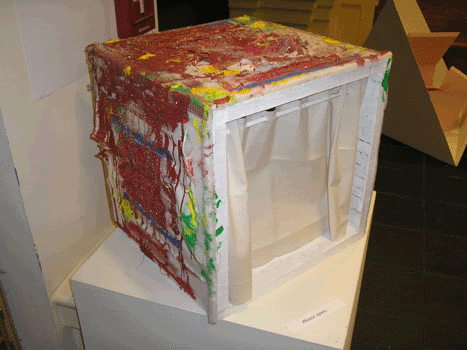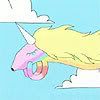"The Last Lecture Series brings your favorite professors into the
limelight and asks them what they would want to share if they knew
that this was indeed their 'last lecture' (death, retirement..
whatever.. the last)."
Colby Caldwell's Last Lecture was entitled "From Molly Hatchet to Aphex Twin in Four haircuts (kinda)" (he'd changed a lot at the last minute, apparently.)
It was, more or less, about how the veneration of the DJ-- a person choosing already existing music and creating things with it, as opposed to a working musical artist-- and the rise of rave culture changed his views about art. He also discussed recorded sound versus live performance (in the context of music), and how he went from listening to Molly Hatchet, then Pink Floyd, then Joy Division, then The Cure, and then Aphex Twin. It somehow all fit together, I swear; the lecture was incredibly engaging (especially for me, as I relate to music in many of the same ways).
